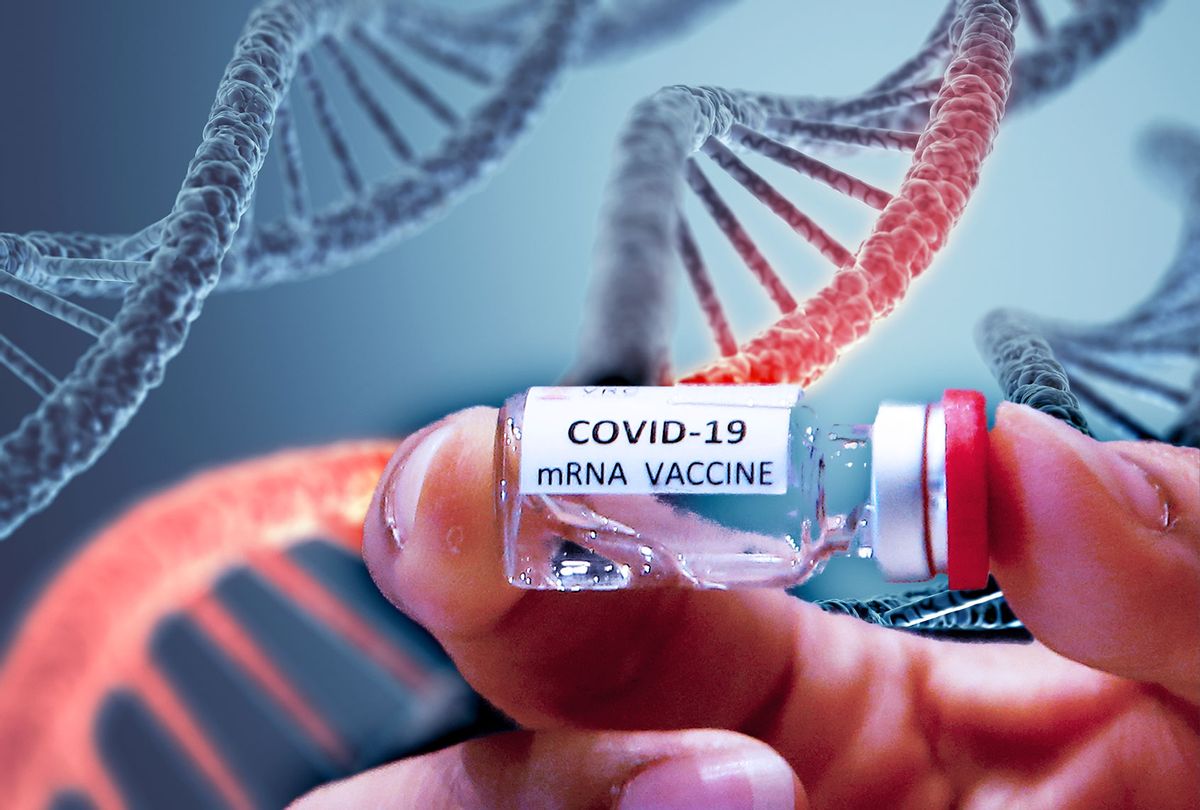In late 2019 to early 2020 Covid-19, a newly identified coronavirus, shocked humanity as it rapidly spread across the world with little intention of slowing down. From once a local infection and epidemic, to now a full on pandemic, Covid-19 has changed the way society functions for maybe years to come. With the rise in cases of the virus came a rise in fear of the virus, stores and communities shutdown, the government which many looked to, gave mixed advice and unclear answers to how it was to be handled. Many looked for solutions and for the light at the end of the tunnel. In late 2020, mentions of a potential vaccine began arising but many feared the safety of the vaccines, wondering if they were rushed without sufficient testing. Today, the vaccines are here, and while most have moved to accept them, still a sizable portion have chose to be skeptics. This post will dive into the different types of Coronavirus vaccines and the science behind each of them.
In the United States, the primary vaccines individuals take are either one of the “mRNA” vaccines (Pfizer or Moderna) or the Johnson and Johnson Vaccine. The mRNA vaccines are vaccines that contains a small piece of mRNA that specifically codes for the spike protein(s) on the novel coronavirus. This mRNA is encapsulated and with the vaccine, enter into a muscle cell where the mRNA is read and a protein is produced. This protein is functionally meant to simulate the spikes on the Covid-19 envelope. When the immune system detects the spike protein on the cell’s surface, the body thinks there is a viral infection and amounts a immune response. This mRNA vaccine is safe in that it can not actually give you the virus, however the protein allows the body to create memory B cells that can activate once again if your body encounters the real virus. This can be described as forming your active immunity against Covid-19. The Johnson and Johnson Vaccine, on the other hand, works by providing a disabled adenovirus (a different virus) that is modified to also produce the covid-19 spike protein. This virus enters into the cells and releases its viral DNA into the nucleus which makes the cell produce the spike proteins. The spike proteins once again are recognized by the immune system, and antibodies are formed to allow for a easier response to the actual virus. This vaccine uses stable DNA and the virioid is disabled as to prevent replication and accidental infection.
Due to the differences in genetic material, RNA vs DNA, the mRNA vaccines must be stored in ultracold storages to prevent damage, while the DNA vaccine (Johnson and Johnson) which is more stable does not need the same storage temperature. In terms of booster shots, the Johnson and Johnson currently is administered as a single dose, however a booster shot later in the future may become required. Pfizer and Moderna are already two dose shots spaced apart by three weeks, however, these shots may also need booster shots later down the line. This is due to the fact coronavirus antibody concentrations decrease over time in the blood when not used, so further booster shots may keep the antibodies in higher quantities over longer periods of time.
I personally believe that both types of shots are perfectly viable. For some one shot of Johnson and Johnson is easier and is more than sufficient in dealing with the virus, while others may utilize Moderna or Pfizer for the shot’s higher effectiveness percentiles. Do keep in mind that the trials of Moderna or Pfizer were done in the early pandemic times so there was also less chance of being infected, while J&J was trialed in peak pandemic times where there was a higher chance of being infected while being outside. I hope this blog may have convinced you that both types of vaccines are safe and very effective, and what matters most is that you take one regardless of the type!

